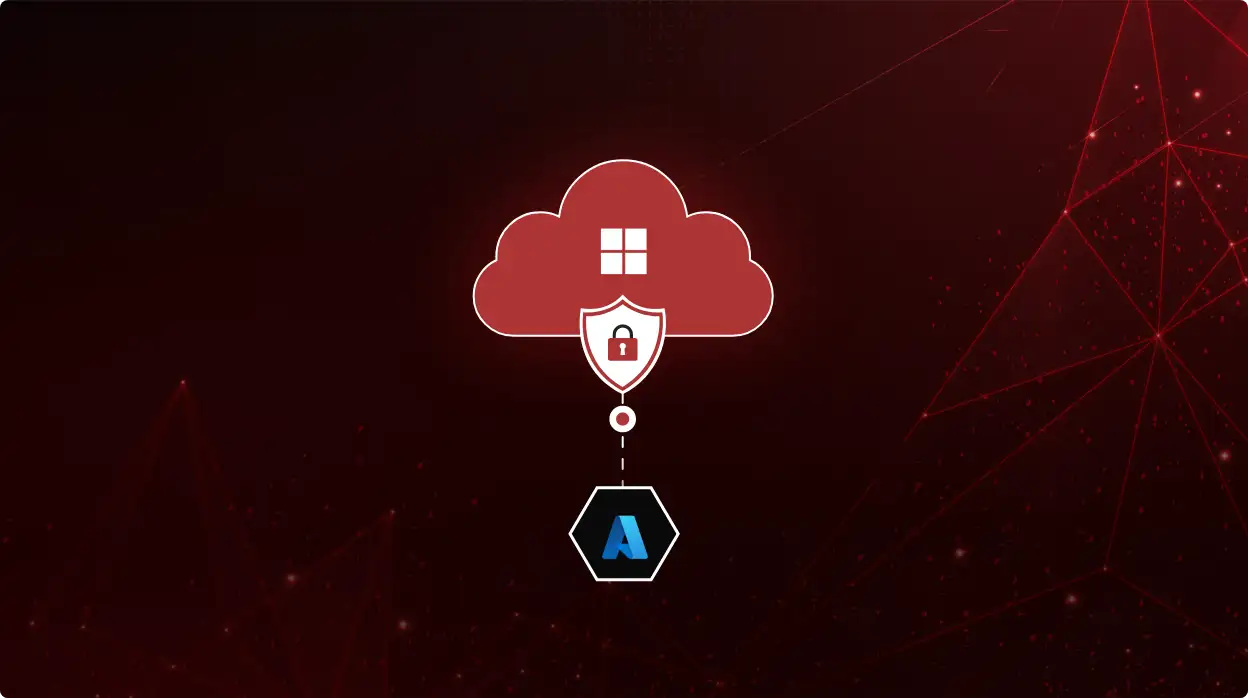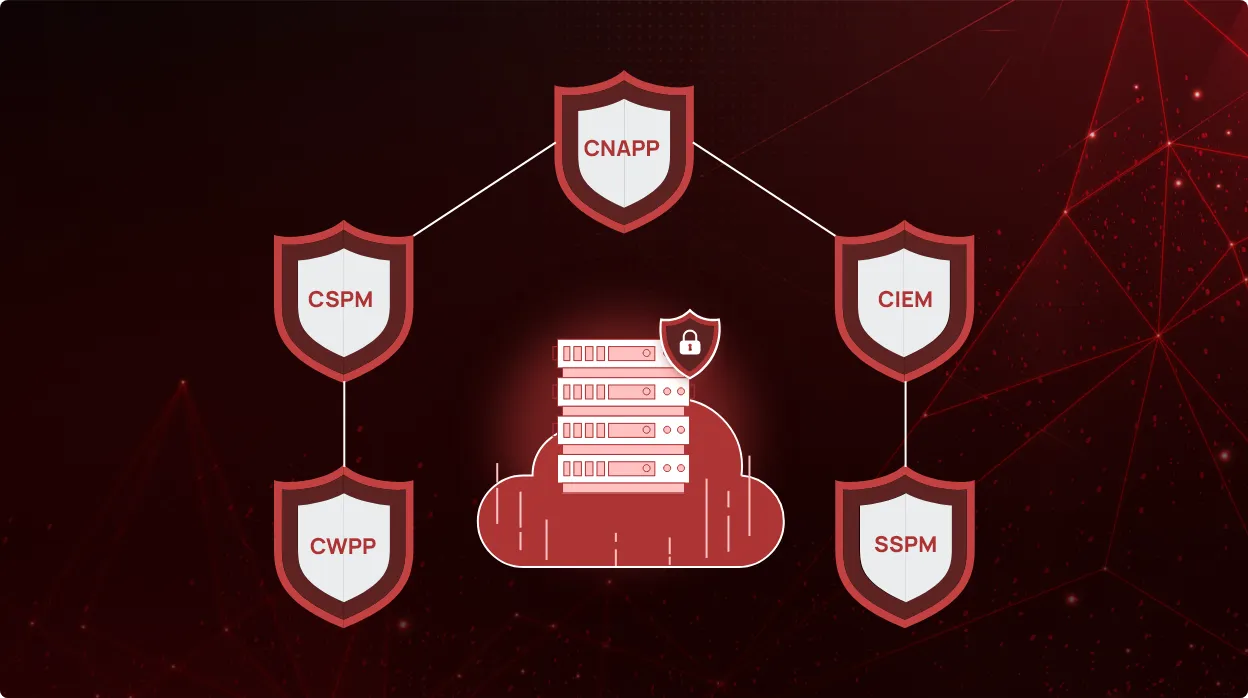Human and non-human identities – A simple comparison

Cloud and SaaS identities are not just about people. They also include the digital personas of applications, services, and machines. These digital identities are crucial for managing access and ensuring security in modern cloud environments.
Understanding human identities
In the context of cloud security, human identities refer to the unique digital identifiers assigned to individual users to access and interact with cloud resources. These identifiers typically include usernames and credentials like passwords or security tokens.
Human identities are essential for tracking user activities, setting appropriate permissions, and ensuring accountability within cloud environments. By monitoring these identities, organizations can log user actions, detect unusual behavior, and prevent unauthorized access.
Understanding non-human identities
Non-human identities (NHIs) are digital identities assigned to entities like applications, services, and automated systems, rather than people. These identities are crucial for the operation and security of cloud environments. Examples include:
- Service accounts: Special accounts used by applications to perform tasks or interact with other services.
- API keys: Unique codes that allow applications to access APIs securely.
- Certificates: Digital documents that verify the identity of a service and encrypt communication.
- Tokens: Temporary digital keys used in systems like OAuth to grant limited access to services.
- Bots: Automated programs, often powered by AI, that perform tasks within platforms like Slack or Microsoft Teams.
Common uses of NHIs
NHIs play a critical role in:
- Automated processes: Running scheduled tasks and processes without human intervention.
- Integrations: Connecting different applications and services to work together seamlessly.
- Secure communications: Ensuring that data exchanged between services is encrypted and authenticated.
In cloud environments, NHIs enable efficiency and automation but require careful management to ensure security and proper functionality.
Key differences between human and non-human identities
Behavior and interaction
Human identities are predictable and well-defined. Employees and users have specific roles and access levels, and their activities usually follow regular patterns, such as logging in during work hours and accessing particular resources. In contrast, Non-Human Identities (NHIs) operate autonomously and often go unmonitored. NHIs, like service accounts or bots, perform tasks continuously without human intervention, making their activities harder to predict and track.
Lifecycle and management
Human identities typically have a stable lifecycle. Employees join an organization, usually work for several years, and eventually leave, leading to a relatively straightforward identity management process. These identities are centrally managed by IT or identity teams, ensuring consistent oversight. NHIs, on the other hand, have a varied and often short-lived lifecycle. They are created for specific tasks or projects and can be decommissioned just as quickly. Management of NHIs is often decentralized, with developers or even non-technical staff in no-code/low-code environments creating and managing these identities without consistent oversight.
Scale and complexity
Human identities are limited in number and relatively stable. Even in large organizations, the number of employees and users remains manageable. NHIs, however, can be vast and constantly changing. In complex cloud environments, each application, service, or process might require its own NHI. This leads to a proliferation of identities that need to be managed, monitored, and secured, adding layers of complexity to identity management systems.
These differences highlight the unique challenges in managing and securing NHIs compared to human identities, underscoring the need for specialized tools and strategies.
Security risks associated with human identities
Human identities are often targeted by sophisticated cyber threats that exploit vulnerabilities in user behavior and credentials:
- Phishing attacks: Malicious actors use deceptive emails or messages to trick users into revealing sensitive information or clicking on malicious links.
- Credential leaks: Breaches or leaks of usernames and passwords compromise user accounts, leading to unauthorized access.
- Social engineering: Manipulative tactics exploit human psychology to gain unauthorized access or extract sensitive information.
Mitigation strategies:
To mitigate these risks effectively, organizations can implement robust security measures:
- Regular audits: Conduct frequent audits of user accounts and access logs to detect anomalies and unauthorized activities promptly.
- User training: Educate employees about recognizing phishing attempts, practicing password hygiene, and understanding the importance of cybersecurity.
- Advanced authentication methods: Implement multi-factor authentication (MFA) and single sign-on (SSO) to enhance account security beyond passwords.
By proactively addressing these threats with comprehensive security practices, organizations can significantly reduce the likelihood of successful attacks targeting human identities.
Security risks associated with non-human identities
NHIs introduce unique security challenges that require focused attention to mitigate risks effectively. Here are some specific threats associated with NHIs:
- Hardcoded credentials: NHIs often use hardcoded credentials within applications or scripts, making them vulnerable to exposure if the code is accessed by unauthorized parties.
- Insecure storage: Storage practices for NHI credentials are sometimes lax, leaving them susceptible to theft or compromise if not adequately protected.
- Unauthorized access: Due to their autonomous nature, NHIs may inadvertently gain access to resources beyond their intended scope, potentially leading to data breaches or system disruptions.
The “set-it-and-forget-it” mentality further exacerbates these risks, where initial configurations are left unchanged over time, ignoring updates or security patches that could mitigate vulnerabilities.
Mitigation strategies:
Addressing these risks requires a proactive approach to secure NHI environments:
- Least privilege principle: Apply the principle of least privilege by granting NHIs only the permissions necessary to perform their specific tasks. Avoid assigning broad permissions that could lead to unintended access.
- Safe credential management: NHIs should never store secrets or credentials directly within code or configuration files. Instead, use secure secrets management solutions like AWS Secrets Manager or Azure Key Vault for centralized storage and encryption of credentials.
- Continuous monitoring: Implement robust monitoring and logging mechanisms to track NHI activities in real time. This helps detect anomalies or unauthorized access attempts promptly.
- Setting permission boundaries: Define and enforce strict permission boundaries for NHIs to limit their access to specific resources and services. This ensures that even if compromised, NHIs cannot escalate privileges beyond their designated scope.
- Secure secrets management solutions: Utilize dedicated tools for managing and rotating credentials automatically. Regularly rotate API keys, tokens, and certificates to minimize the impact of potential credential leaks or compromises.
Complete cloud security can help manage all identities
Human identities are tied to individuals, with predictable behaviors and well-established security protocols. In contrast, non-human identities operate autonomously, often with decentralized management and unique security challenges such as hardcoded credentials and limited visibility.
CheckRed offers a robust cloud security tool that includes CNAPP and SSPM capabilities. This comprehensive solution is designed to manage and secure both human and non-human identities across diverse cloud environments. With CheckRed, organizations benefit from centralized dashboards for visibility, granular permission settings to enforce least privilege, and secure secrets management to prevent unauthorized access.
Whether you’re managing human identities with stringent access controls or securing non-human identities with automated workflows, CheckRed ensures proactive defense against identity-related risks.


